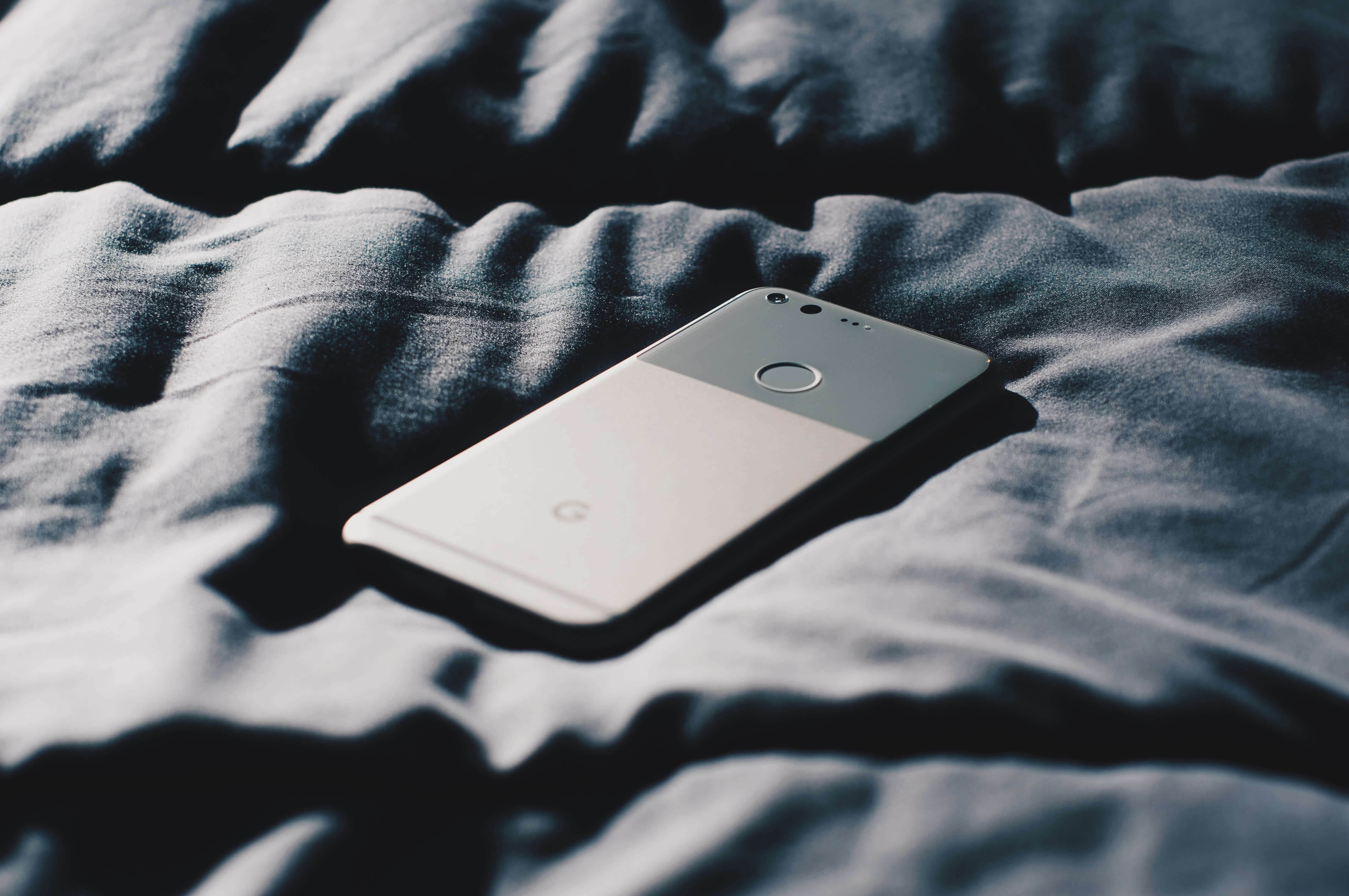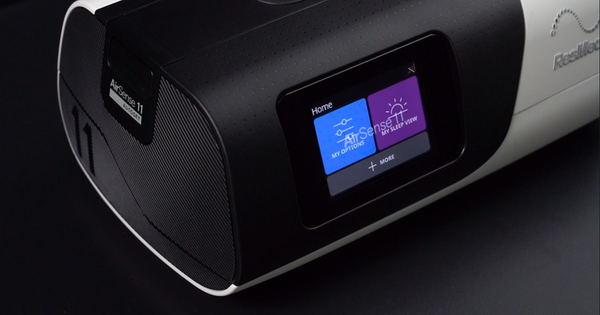Sleep Hygiene: Is Your Device Addiction Ruining It?
February 25, 2020

Sleep Hygiene vs Device Usage: Which Is Winning?
It is 2 am. You’ve been lying in bed for hours now. Your eyes are starting to feel dry and itchy from tiredness. You have a long day ahead of you in the morning but the urge to refresh your Instagram feed is too overpowering to ignore. One more scroll couldn’t hurt, right?
Sound familiar? For most of us, our phones are never too far from our reach, even when we go to bed. We’ve become so accustomed to being digitally connected 24/7 that we often do just that...even at the expense of our sleep health. As of January 2019, approximately 28 million Canadians were active mobile internet users.
From where we stand, it is clear to see that our smartphone usage is definitely winning the battle against good quality sleep. But to what extent does our device addiction impact sleep hygiene?
Ways Digital Devices Affect Sleep Hygiene And Quality
It’s safe to say that staring at screens all day is bound to have an impact on how our bodies function. Isn’t there any wonder why people who worked on screens all day report experiencing more headaches and having vision problems?
Below, we look at the top three ways that digital devices can negatively impact sleep hygiene and quality.
Delays Internal Body Clock
Repeated usage of devices in the evening can seriously harm our bodies’ ability to wind down and, ultimately, delays our internal body clock.
As the evening light begins to fade, this is the period of the day when our brains are cued to begin preparing for sleep. Our 24/7 digital lifestyle, however, disrupts this. The light that our devices emit promotes wakefulness. When the photoreceptors in our retinas come into contact with blue light in the evening, it is sufficient enough to miscue our brains into believing that it is still day time.
Stops Melatonin Release
Another reason why electronic devices should never be allowed in your sleep environment is due to their ability to prevent the release of melatonin.
Research studies have found a direct link between exposure to blue light and the suppression of melatonin. The sleep hormone, melatonin, works to regulate the body’s sleep-wake cycle. When combined with the exposure of blue light, which mimics daylight, the production of this hormone is slowed down.
If you notice that you experience tiredness during the day but also have a number of devices such as smartphones and TVs in your sleep environment, you are likely suffering from low melatonin levels.
Increases Brain Activity
This fact isn’t surprising. Our devices have an overwhelming power to elicit feelings of excitement and stress. If the ping of a text message coming in makes you stop what you’re doing to lunge for your phone, then you know this feeling.
Smartphones and laptops are designed to make us more productive. During the day this is welcomed but at night, it’s more activity than our brains need. Checking our phones at night stimulates the brain and puts it back into ‘productive’ mode. Even looking at our devices for a split second can prolong sleep for an hour or more.
Alternative Activities To Improve Your Sleep Quality
The digital device era tricks us into feeling like we always have to be connected. It is a habit that is worrying many sleep professionals. And it’s only getting worse. To truly improve your sleep hygiene, relaxation is key to your sleep environment.
Remove all devices from your bedroom and ban device usage up to one hour before going to sleep. Looking for an alternative activity to keep you entertained? Reading is a great pre-sleep activity. The simple act of picking up a book and reading for an hour has a powerful ability to relax both the mind and body.
Meditation and guided visualization are particularly useful for those who are feeling stressed and anxious about getting a good night of rest. For more tips on how to improve your sleep hygiene, read our top tips for improving sleep quality naturally.
Share:
Leave a comment
Comments will be approved before showing up.



